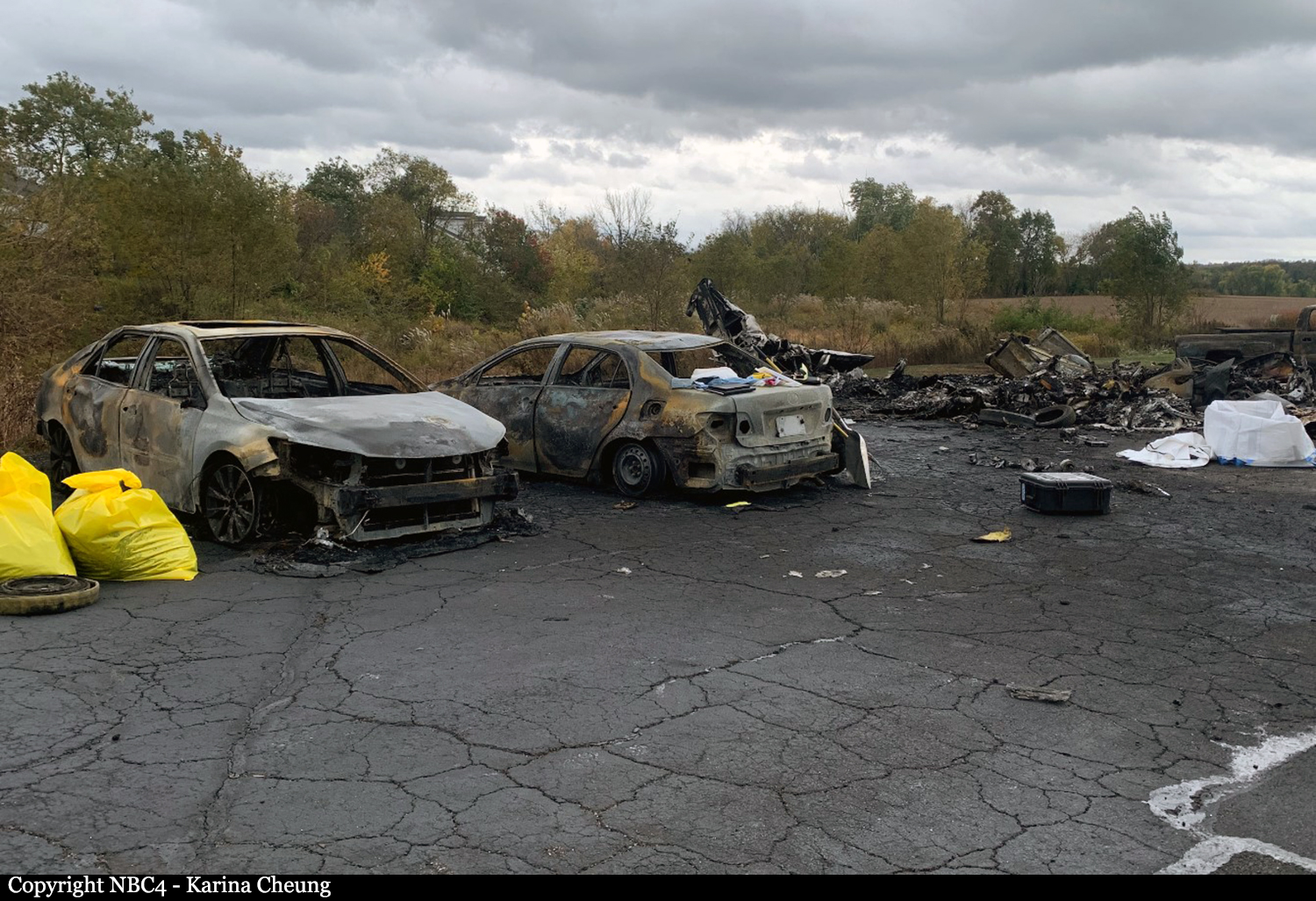Crash of a Beechcraft E90 King Air in Marietta: 2 killed
Date & Time:
Oct 18, 2022 at 0709 LT
Registration:
N515GK
Survivors:
No
Schedule:
Columbus – Parkersburg
MSN:
LW-108
YOM:
1974
Crew on board:
2
Crew fatalities:
Pax on board:
0
Pax fatalities:
Other fatalities:
Total fatalities:
2
Captain / Total hours on type:
15.00
Copilot / Total hours on type:
250
Aircraft flight hours:
9521
Circumstances:
Shortly after departure to pick up a passenger at their destination airport about 75 nm away, the pilots climbed and turned onto a track of about 115° before leveling off about 11,000 ft mean sea level (msl), where the airplane remained for a majority of the flight. Pilot and controller communications during the flight were routine and there were no irregularities reported. As the airplane descended into the destination airport area, the airplane passed through areas of light to heavy icing where there was a 20 to 80% probability of encountering supercooled large droplets (SLD) during their initial descent and approach. While level at 4,000 ft msl, the flight remained in icing conditions, and then was cleared for the instrument approach to the runway. The flight emerged from the overcast layer as it crossed the final approach fix at 2,800 ft msl; the flight continued its descent and was cleared to land. The controller informed the flight that there was a vehicle on the runway but it would be cleared shortly, which was acknowledged; this was the final communication from the flight crew. Multiple eyewitnesses and security camera footage revealed that the airplane, while flying straight and level, suddenly began a steep, spinning, nearly vertical descent until it impacted a commercial business parking lot; the airplane subsequently collided with several unoccupied vehicles and caught fire. The airplane was certified for flight in known icing conditions and was equipped with pneumatic deice boots on each of the wings and tail surfaces. The pneumatic anti-icing system was consumed by the postimpact fire; the control switches were impact and thermally damaged and a reliable determination of their preimpact operation could not be made. Further examination of the airframe and engines revealed no indications of any preimpact mechanical anomalies that would have precluded normal engine operation or performance. During the approach it is likely that the airframe had been exposed to and had built-up ice on the control surfaces. It could not be determined if the pilots used the pneumatic anti-icing system, or if the system was inoperative, based on available evidence. Review of the weather conditions and the airplane’s calculated performance based on ADS-B data, given the speeds at which the airplane was flying, and the lack of any discernable deviations that might have been expected due to an extreme amount of ice accumulating on the airframe, it is also likely that the deice system, if operating at the time of the icing encounter, should have been able to sufficiently remove the ice from the surfaces. Although it is also uncertain when the pilots extended the landing gear and flaps, it is likely that the before-landing checklist would be conducted between the final approach fix and when the flight was on its 3-mile final approach to land. Given this information, the available evidence suggests that the sudden loss of control from a stable and established final approach was likely due to the accumulation of ice on the tailplane. It is likely that once the pilots changed the airplane’s configuration by extending the landing gear and flaps, the sudden aerodynamic shift resulted in the tailplane immediately entering an aerodynamic stall that maneuvered the airplane into an attitude from which there was no possibility to recover given the height above the ground. Postaccident toxicological testing detected the presence of delta-8 THC. Delta-8 THC has a potential to alter perception and cause impairment, but only the non-psychoactive metabolite carboxy-delta-8-THC was present in the pilot’s liver and lung tissue. Thus, it is unlikely that the pilot’s delta-8-THC use contributed to the accident.
Probable cause:
Structural icing on the tailplane that resulted in a tailplane stall and subsequent loss of control.
Final Report:






